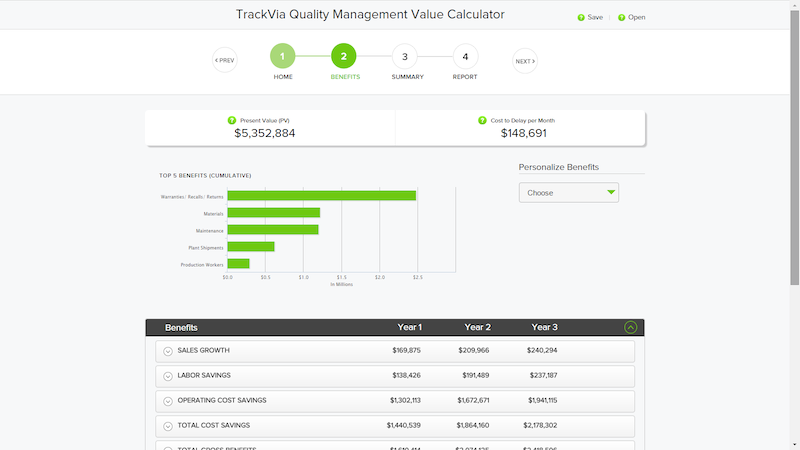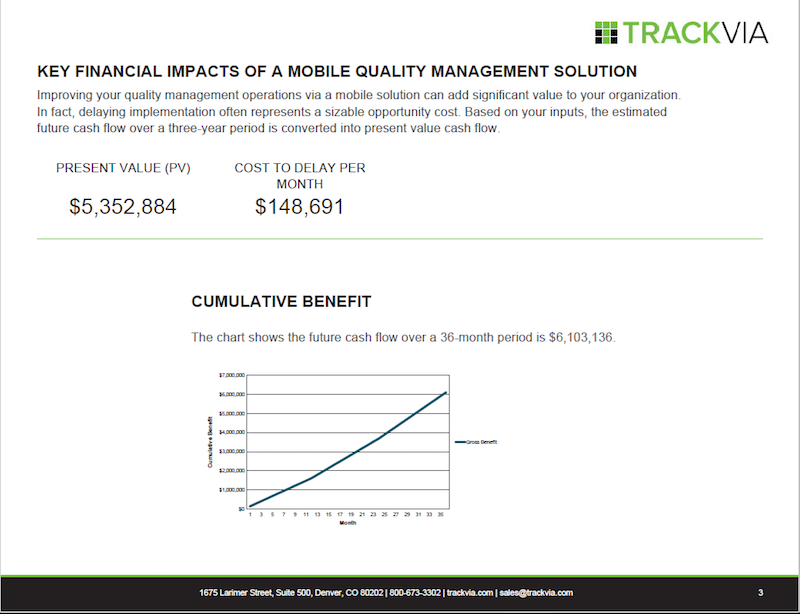
When buyers come to your web site, do you make it easy for them to see how much money you can save them? Do you have ways of clearly showing how much more revenue you can help them generate?
Moreover, when your sales reps interact with buyers, are they well equipped to quantify the value your offering delivers? Does their presentation help or hurt their credibility?
Whether for lead generation or closing deals, many sales and marketing teams create spreadsheets to illustrate the value of their offering. However, spreadsheets pose a number of problems; in the worst cases, these problems result in buyers moving on to the next vendor’s website or dropping out of deals altogether. Online value selling tools built using a dedicated platform can help you avoid these challenges.
5 Reasons Spreadsheets Fail

Image via Dilbert.com
Dilbert is right, but if you dig a little deeper, there are really five issues. Consider the following reasons why spreadsheets fail and hosted value and ROI calculators are typically superior.
1. Buyers and salespeople dislike overly complex marketing assets.
Whenever a buyer or sales rep thinks a spreadsheet looks too complicated or dense, they usually opt to leave it by the wayside. This is a waste of marketing dollars and needlessly leaves buyers and sales reps unable to figure out your solution’s value. One of the reasons clients come to me is they are looking for value selling tools with a simple, attractive user interface to overcome user resistance.

2. It is difficult to create compelling summary reports within spreadsheets.
Buyers today expect reports that not only look professional but also are easy to share with colleagues. Hosted value selling tools create PDF reports with one click.

3. Spreadsheets are notoriously error prone and difficult to maintain.
This is one of the biggest reasons spreadsheets tend to fall into disuse. By contrast, value selling tools are centrally managed and maintained, and thereby eliminate version control issues, outdated data, field modifications, and unauthorized usage.
4. Buyers question the credibility of spreadsheets created by vendors.
Generally speaking, buyers see value selling tools created by third parties as more trustworthy than homegrown spreadsheets.
5. Spreadsheets are not mobile-friendly.
Mobile devices limit the user’s ability to access and easily view spreadsheets. Contemporary value selling tools accommodate all types of devices.
Changes in B2B buyers’ behavior and the ubiquity of mobile devices have converged to make spreadsheet-based value selling tools passé. What’s a savvy B2B marketing and sales organization to do then? Many companies decide they’ll build an online tool on their own. However, based on my experience, this usually incurs internal costs that can be far higher than simply contracting with an established vendor that makes value selling tools.
My recommendation is to find a vendor with a value selling platform that can easily deploy, maintain, and update your value and ROI calculators. This will allow you to drive the most incremental revenue and to do so with a cost effective budget.
What are you doing today to show prospects the value of your solution? What are the pros and cons of your approach? Please share your experience below.








